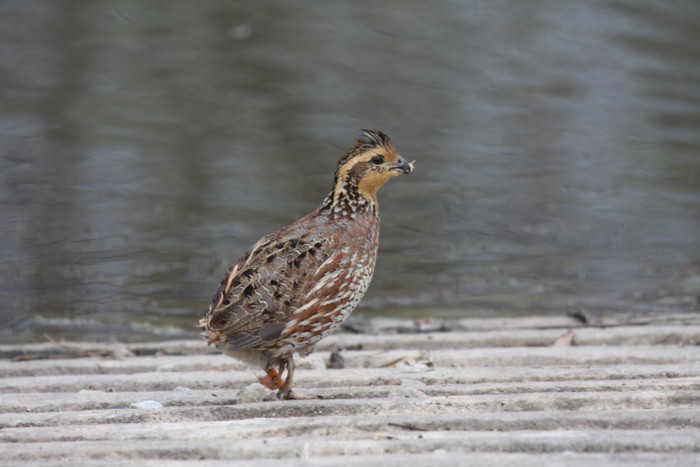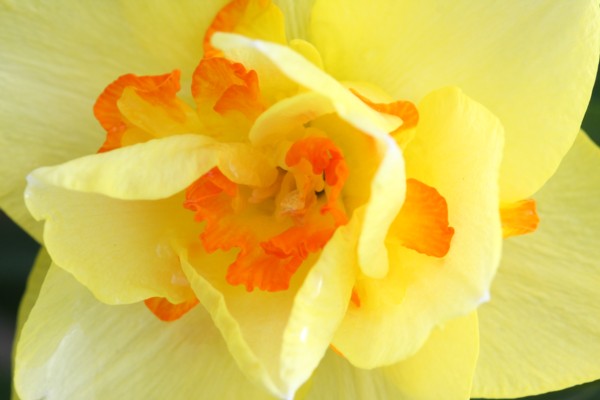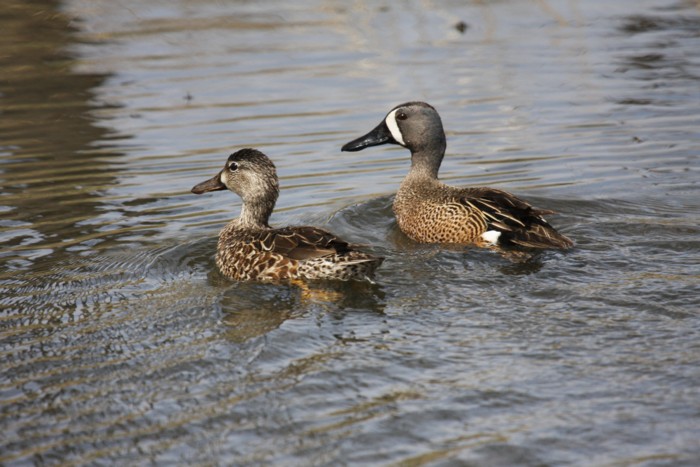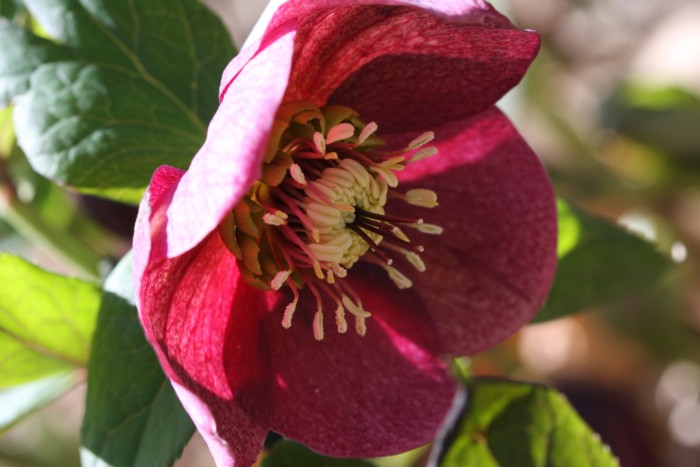A couple of months ago the AAA magazine had a short article about how Hastings, a small town (population about 25,000) west of Lincoln had created Greenscape Park. It was created where a building in downtown had burned down. There were supposed to be thousands of tulips, shrubs and trees. When I read the article, I thought perhaps it would make an interesting "That’s My World!" post. I went last week because the tulips were blooming in Lincoln, so I figured they would be blooming there also. One would think that a place large enough to incorporate thousands of tulips would be fairly easy to find. Well, so much for what one thinks. I never found it. Miz Winnie (picture in sidebar) accompanied me, and for some reason she was unusually restless. Perhaps she sensed my mounting frustration at not finding the Park.
Fortunately, I had a second destination for the day. It was the
Naval Ammunition Depot.
Hastings was buzzing with excitement on June 10, 1942, six months after Pearl Harbor, when Senator George Norris and Congressman Carl Curtis announced that the Navy had authorized the establishment of a $45,000,000 Naval Ammunition Depot southeast of Hastings. The Hastings area was chosen because of its abundance of electrical power from the Tri-County project, its location equidistant from both coasts and the availability of railroads. The government immediately began the process of taking 48,753 acres of farmland, located mostly in Clay County, from 232 owners.
From the
Adams County Convention and Visitors BureauThe Naval Ammunition Depot known locally as "The NAD," was the largest of four munitions depots in the country and was known for supplying 40 percent of the Navy's ammunition supply at one point during WWII.
The facility produced bombs, rockets, torpedoes, mines, bagged powder and all calibers of smaller ammunition.
There were three other NAD plants located in Burns City, Indiana; McAlester, Oklahoma and Hawthorne, Nevada.
After the NAD served it’s
military usefulness…in December 1958 disestablishment was ordered, to be completed no later than June 30, 1966.
In September 1964, 10,236 acres near Clay Center were transferred to the U.S. Department of Agriculture for the Meat Animal Research Center. The administrative headquarters, comprising 640 acres and 28 buildings were transferred to Central Community College in 1966. During 1966 and 1967 surplus land at the NAD was sold to various business and industrial firms who comprise what is now known as Hastings Industrial Park East.
I went to the NAD with a wonderful
map (pdf) provided by the Convention & Visitors Bureau.
This was the NAD Administration Building. In Naval terms it was referred to as “Mainsides”. It is now part of the Community College.

Buildings like this were used for “inert storage” or storage of materials to make the munitions.
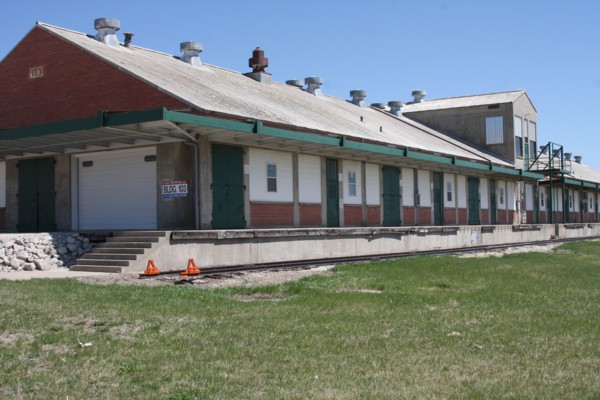
And these are the bunkers where the munitions were stored. They go on for about five or six miles, and I must say they are kind of an eerie sight.


During WWII civilian employees were paid 75 cents an hour and the work week was 60 hours. Weekly pay was slightly less than $45.
More of my photos are
hereThe most comprehensive information about the NAD is
hereThe Historical Society has photos from WWII
hereTake a tour around the world via your computer by visiting
That's My World!















